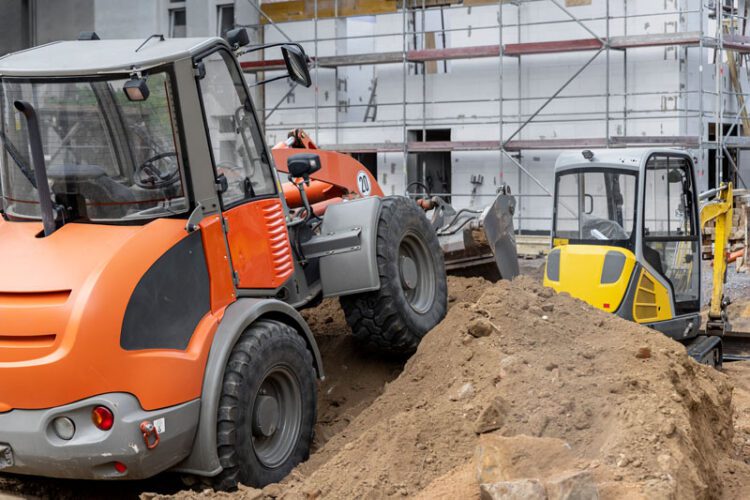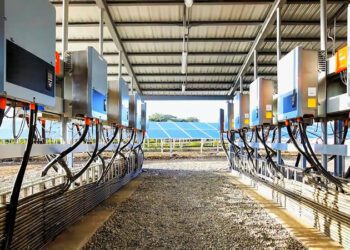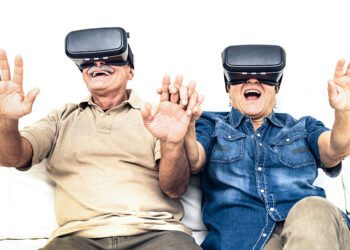The construction industry, known for its sturdy bricks and mortar, is undergoing a technological metamorphosis. From skyscrapers to residences, building projects are increasingly influenced by the precision and efficiency offered by Artificial Intelligence (AI) and robotics. This era, aptly termed “Construction 2.0”, heralds a shift from manual labor to machine learning, promising structures that stand tall not just in height but also in innovation.
“In the blueprint of modern construction, AI and robotics are laying the foundation for smarter, safer, and more sustainable building practices.”
Planning and Design Optimization with AI
Gone are the days of relying solely on human intuition for design. AI algorithms analyze vast datasets to optimize building designs, ensuring efficient use of space, maximizing natural light, and even predicting long-term structural performance.
Autonomous Construction Vehicles
Robotic bulldozers, cranes, and excavators are becoming common sights at construction sites. These autonomous vehicles, guided by AI, can perform tasks round the clock, increasing productivity and minimizing human intervention in potentially hazardous environments.
3D Printing and Modular Construction
Robots equipped with 3D printing capabilities are transforming construction methodologies. From printing entire houses to specific building components, these robots ensure speed, consistency, and customization, revolutionizing the concept of modular construction.
AI-Powered Safety Monitoring
Safety at construction sites is paramount. AI-powered cameras and sensors monitor sites in real-time, detecting potential safety hazards, ensuring compliance with safety protocols, and reducing onsite accidents.
Predictive Maintenance and Smart Infrastructure
Post-construction, AI algorithms continue their role by monitoring the health of structures. Sensors embedded within buildings detect wear and tear, predicting when maintenance is due. This not only prolongs the lifespan of structures but also ensures the safety of its inhabitants.
The Human-Robot Collaboration
Despite the increasing role of AI and robotics, the human touch remains irreplaceable. The future of construction will likely be a harmonious blend of human creativity and machine precision, where robots assist rather than replace human workers.
In conclusion, Construction 2.0 is not just about adopting new technologies; it’s about reimagining the very ethos of building. As AI and robotics continue to lay the bricks of innovation, the construction industry is poised to create landmarks that are testaments to both technological prowess and human ambition.




















